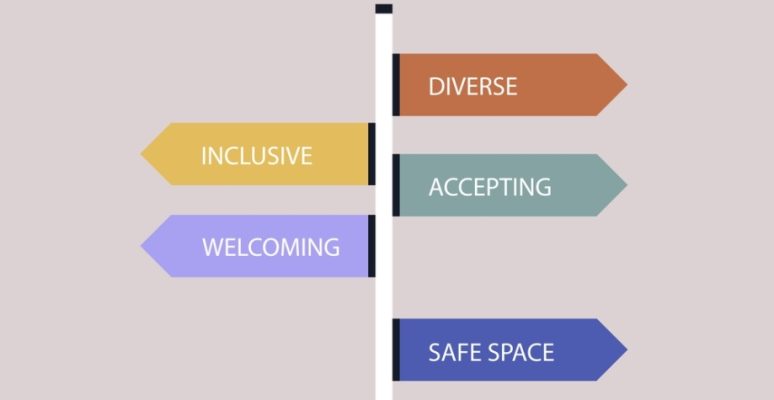
Gender Affirming Surgery — also called Sex Reassignment Surgery or Gender Confirmation Surgery — is a surgical procedure (or a range of surgical procedures) that aim(s) at changing a person’s physical appearance and sexual characteristics (which can concern both primary and secondary sexual characteristics) to (better) resemble the gender they identify with.
This type of surgery may be the physical-medical part of a gender transition process, or alternatively — as the term already implies — a physical-medical intervention to affirm or confirm the physical sexual features of a certain gender identity.

Although Gender-Affirming Surgery is often associated with transgender and gender diverse people (those whose gender identity differs from the sex they were assigned at birth) and intersex people (those born with sex characteristics that are not typically male or female), they are also applied for cisgender people (those whose gender identity matches the sex they were assigned at birth) and non-intersex people (those whose sex characteristics match what is expected for female or male bodies).
For instance, cisgender women who want to augment the size of their breasts may undergo breast surgery (also known as mammaplasty or mammoplasty), which may likewise be categorized as Gender-Affirming or Gender-Confirming Surgery. Hence, in this example it’s not about gender transition but rather about gender affirmation, that is, feeling better, more comfortable, or supported in their gender. The same would count for cisgender men with much larger breasts than normal for males who choose to undergo a surgical breast reduction.
At any rate, Gender-Affirming Surgery is generally divided into two types: feminization surgeries which include procedures such as vaginoplasty (vaginal construction), vulvoplasty, clitoroplasty, labiaplasty and breast augmentation, and masculinization surgeries such as phalloplasty (penis construction), scrotoplasty (scrotum construction) and breast reduction.
Within the realm of Gender-Affirming Surgery you’ll also hear about Top Surgery and Bottom Surgery, where Top Surgery is about removing or augmenting breast tissue and reshaping the chest area to create a more masculine or feminine appearance, and Bottom Surgery is about reshaping the genitals to reconstruct male genitals into female genitals, or vice versa.
In addition, there are several other types of surgeries that can be categorized under Gender-Affirming Surgery, which include orchiectomy (removal of one or both of the testicles), facial gender surgery (gender affirming changes to the face, either for more feminine or more masculine features), hysterectomy (removal of the uterus and ovaries), and scrotectomy (removal of the scrotum), just to give some examples.

Nevertheless, it’s important to recognize that many of the aforementioned surgeries can also be applied for other reasons than for gender affirmation, such as in cases of certain illnesses, fertility issues, urinary or fecal incontinence, cancer, or injury.
Apart from surgery, some people may also need to follow a lifelong procedure of masculinizing or feminizing hormone replacement therapy, also known as Gender-Affirming Hormone Therapy, to support their physical change. Some people also participate in Transgender Voice Therapy, which is a non-surgical technique used to enhance or change the human voice to make their voices sound more characteristic of their gender identity.
Although eligibility for Gender Affirmation Surgery may vary from country to country, in the case of adults you’ll find that many medical organizations have established protocols that are taken into consideration before a person can apply for surgery, which includes psychological evaluation and — in the case of a wish of gender reassignment — a time of real-life experience living in the desired gender. Alternatively, you’ll also find medical organizations who rather use an informed consent model which does not require a person to undergo formal assessment.















